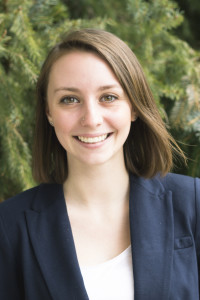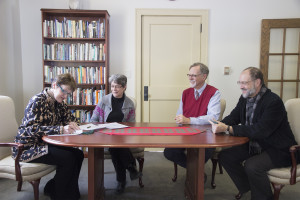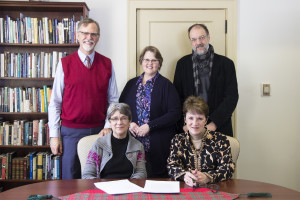Last summer, I was scrolling through my Facebook newsfeed, and I noticed that a large group of high schoolers who I am friends with went on a short term, or one week long, missions trip to Guatemala. I noticed that these young men and women put photos online to display their servant-like-attitudes and their parents, mostly mothers, shared these photos commending their children for all of the good that they are doing in the world.
 In particular, one mother captioned a photo of her daughter holding a Guatemalan child on her lap by saying, “My daughter is amazing. She is changing the world.”
In particular, one mother captioned a photo of her daughter holding a Guatemalan child on her lap by saying, “My daughter is amazing. She is changing the world.”
This is a pretty bold claim to make. The fact that her mother, and many others, see short-term missions as an opportunity to bring the “hero” in to “save” people in countries such as Guatemala is extremely troubling.
In his book, Toxic Charity, Robert Lupton wrote, “Contrary to popular belief, most missions trips and service projects do not: empower those being served, engender healthy cross-cultural relationships, improve quality of life, relieve poverty, change the lives of participants [or] increase support for long-term missions work.”
True servants are not seeking praise or recognition for their good deeds and Michelle Acker Perez, long-term missionary, suggested in Relevant Magazine that if you are planning on being a “hero” for a week while on a missions trip, then you might as well not even get on the airplane.
I hear too often about people who want to go on mission’s trips because they want to travel around the world. I mean, let’s be real, who wouldn’t want to go to these awesome places for a week’s vacation? Long term missionaries Hannah Nielsen and Jenny Collins said in their article on Shorttermmissions.com, “the ease of travel and the number of agencies eager to accept short-termers has made it possible for ‘experience junkies’ seeking an adventure to participate, even though they may not be truly interested in selfless cross-cultural service.” This can leave the local communities or long-term missionaries embittered, feeling as if they have been used to host a glorified vacation that used up valuable time, energy, and finances.
 Additionally, there is an issue in missions with people doing services for others who could easily do the project themselves. “Last time I checked, people in developing countries can paint a wall, so why are you doing it for them?” asked Perez. Missions trips should be about doing things with people, not for people.
Additionally, there is an issue in missions with people doing services for others who could easily do the project themselves. “Last time I checked, people in developing countries can paint a wall, so why are you doing it for them?” asked Perez. Missions trips should be about doing things with people, not for people.
Perez’s question resembles this story that I have heard many times throughout my international development courses: if you give a man a fish, you have fed him for one meal. If you give him a fishing pole and teach him how to fish, you have fed him for a lifetime. “We need to be the ones to paint the church, build the ditch, and put on vacation Bible school. We can’t just send money. We have to send people. These are what causes me to question motives,” said Darren Carlson, founder and president of Training Leaders International.
It is estimated that close to two billion dollars is spent a year on short-term missions trips alone in the United States according to Thegospelcoalition.org. Before you’re willing to spend anywhere from $1,000 to $3,000 for a week long “vacation” and “helping” those in the country you are traveling to, I encourage people to turn around in their own backyards and serve those in your local community. Ask yourself, if Jesus was in my neighborhood, who would He be talking to? Would he be talking to the homeless man that lives in your park? The kid with disabilities who never has anyone to partner with for school projects?
If you do decide to take a short-term missions trip, I encourage you to research the activities and the organization you will be serving with. Will the work you are participating in be working with the communities or for the communities? Will you be putting people out of jobs by conducting construction based missions work such as building a church? Is this work even relevant or sustainable for the community?
When you enter a different country, you are an ambassador for your own country. Be willing to ask questions and share about yourself and American culture, as well. Even then if you decide to go on a short-term missions trip, I encourage you to come back with stories and names of people that you served with, not just an entire album of cute nameless kids.





